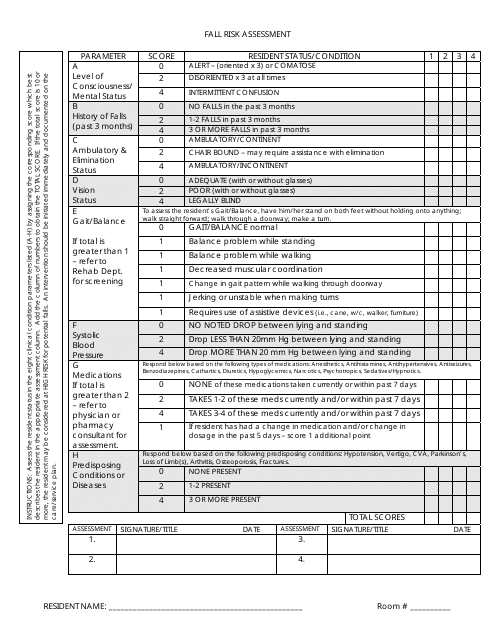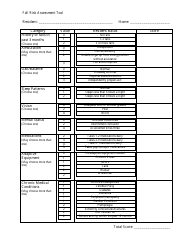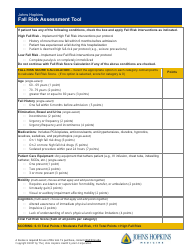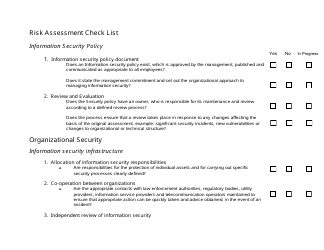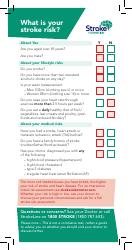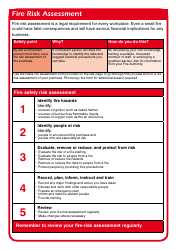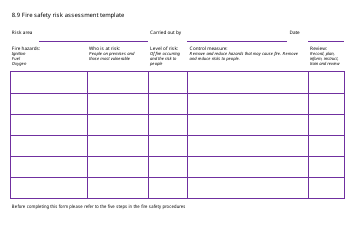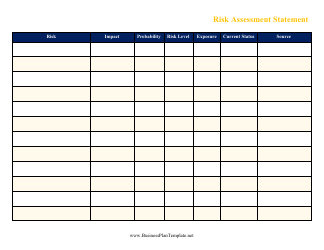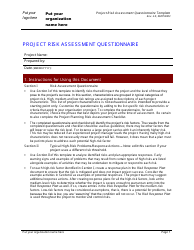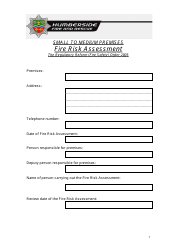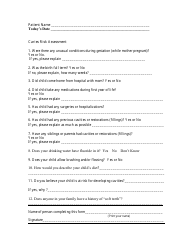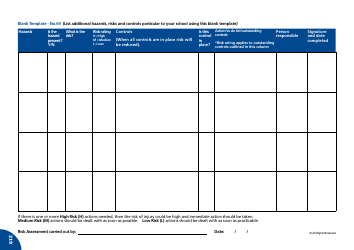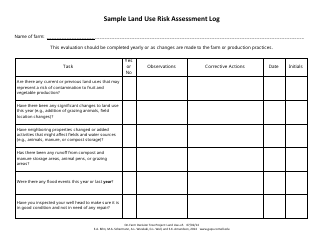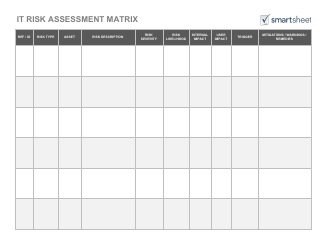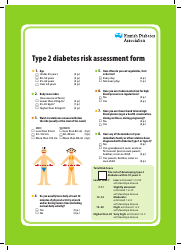Fall Risk Assessment Checklist
The Fall Risk Assessment Checklist is used to evaluate an individual's risk of falling and to implement necessary preventive measures. It helps healthcare professionals identify potential risks and implement interventions to reduce the likelihood of falls.
In the United States, the Fall Risk Assessment Checklist is typically filed by healthcare professionals such as doctors, nurses, or caregivers who are responsible for assessing the risk of falls in patients.
FAQ
Q: What is a fall risk assessment?
A: A fall risk assessment is a checklist used to evaluate an individual's risk of falling.
Q: Why is fall risk assessment important?
A: Fall risk assessment is important because falls are a leading cause of injury and death among older adults.
Q: Who should conduct a fall risk assessment?
A: A healthcare professional, such as a doctor, nurse, or physical therapist, should conduct a fall risk assessment.
Q: What factors are considered in a fall risk assessment?
A: Factors considered in a fall risk assessment may include medical history, physical abilities, medications, home environment, and balance and gait.
Q: What are some signs that a person may be at risk for falling?
A: Signs that a person may be at risk for falling include frequent tripping or stumbling, difficulty with balance or mobility, muscle weakness, vision problems, and taking certain medications.
Q: What can be done to prevent falls?
A: To prevent falls, individuals can take steps such as removing trip hazards in the home, improving lighting, using assistive devices if needed, staying physically active, and reviewing medications with a healthcare provider.
